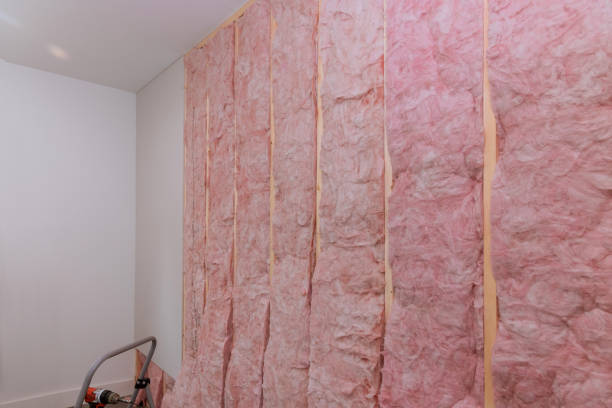What is the Best Insulation for an Attic?
by siteadmin

Insulating your roof can reduce energy costs, improve comfort, and increase durability. There are four types of primary insulation, each with its own set advantages and drawbacks.
Fiberglass is a popular insulation material, especially in attics. Unfortunately, fiberglass insulation can cause skin and breathing irritations. Homeowners must be extra careful when installing this material in their homes.
Fiberglass Batt
Fiberglass batt is the most common form of insulation used for attics and wall. Fiberglass batts are made of glass fibers enclosed in a thin material. They come in different thicknesses, widths and R-values to suit the climates of North America. The use of fiberglass insulation can help reduce your energy costs, particularly if you have an older home.
Insulation boards can be installed easily by DIYers without the need to rent a blower. Installation must be done correctly to ensure the insulation boards perform as expected. Building inspectors will inspect this before issuing permits for new developments and existing homes.
As alternatives to
https://www.sidingrepairsanantonio.com/
fiberglass batts insulation, cellulose or mineral wool offers a higher R value per inch, is eco-friendly and derived from recycled resources, and requires specialist installation by qualified personnel.
Fiberglass Roll
Insulation sheets and long rolls are increasingly popular for attic insulation. Insulation boards, made from glass fibers reinforced by plastic polymers and offering outstanding fire retardant properties, can achieve R-Values as high as 7.5 per inch.
Fiberglass can also fill in wall cavities and odd-shaped spaces within walls or buildings. This requires special tools and should be handled by professionals.
Cellulose insulation can be made from recycled materials like cardboard and newspaper. Wet-spraying the cellulose to control mold and dust growth can increase its R Value per inch of thickness when compared to fiberglass.
Cellulose
Insulating your attic will help you save money by reducing the amount of heat that enters and leaves your home in summer and winter.
Fiberglass batt insulation offers an R-value ranging from 3.1 to 3.4% per inch, when installed by blowing it in. It also has an R value of 3.2 to 3.5% when used in roll form. Fiberglass batts are available in various thicknesses. They are ideal for homes constructed with wood framing.
Fiberglass insulation is not compatible with moisture. It will quickly lose its insulating properties when exposed to moisture. Therefore, it requires moisture barriers, as well as regular maintenance, to prevent mold, mildew or fungus from growing. Cellulose, a fire-resistant alternative to fiberglass that has a higher R value, is also available.
Mineral Wool
Mineral wool insulation offers eco-friendly performance while remaining cost-effective. Its production process uses recycled slags and raw basalt, which are heated before being spun into fibers.
Mineral wool batts are more durable than fiberglass batts and can be installed with less cost because they come in rolls. They are also cost-effective when it comes time to purchase insulation due to their longevity.
Mineral wool should never be confused with fiberglass. It is not as breathable and can cause respiratory issues if inhaled. Also, it's not as easy to cut and install. The latter requires special installation tools.
Attic insulation depends on many variables including climate and budget. When looking for attic solutions, look for insulation that has a high R value. This number indicates the effectiveness of heat retention in a house.
sidiing installation san antonio
attic installation san antonio
Insulating your roof can reduce energy costs, improve comfort, and increase durability. There are four types of primary insulation, each with its own set advantages and drawbacks. Fiberglass is a popular insulation material, especially in attics. Unfortunately, fiberglass insulation can cause skin and breathing irritations. Homeowners must be extra careful when installing this material in…
Recent Posts
- Premier Pest Control Services in Chesterfield, MO
- Kansas City Pest Control Enhances Pest Management Services in Overland Park
- Northwest Refuse Service Expands Premier Dumpster Rental Services Across Maryland
- Northwest Refuse Service Expands Premier Dumpster Rental Services Across Maryland
- Leading Eye Care in Ellicott City
